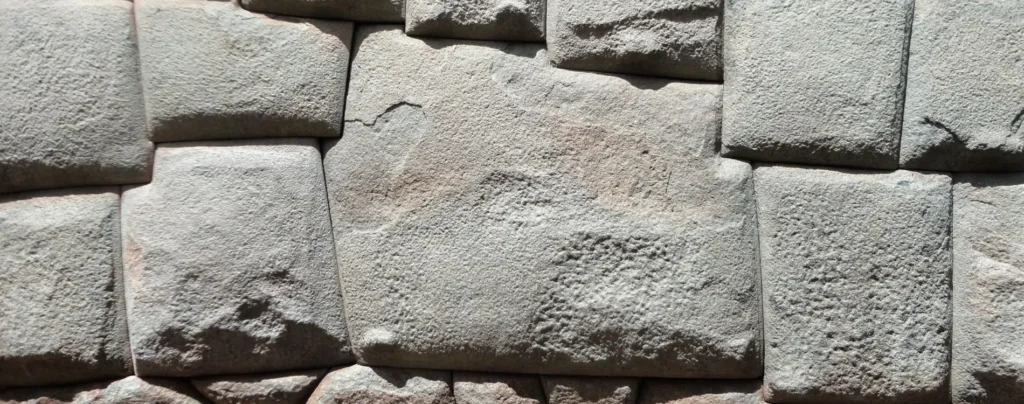Discover the Stone of the 12 Angles, an Inca architectural jewel located in the heart of Cusco, Peru. This emblematic stone, part of the Archbishop's Palace on the historic Hatun Rumiyoq Street, captivates visitors with its precision and mastery.
Every angle fits perfectly, demonstrating the advanced Inca knowledge of construction and design. It is not only a testament to the unparalleled engineering of the Incas, but also a profound cultural symbol for the people of Cusco.
Visiting the 12 Angles Stone offers you a window into the glorious past of the Inca Empire, showing the sophistication and respect for harmony with nature that characterized their civilization. Immerse yourself in history, admire the precision and marvel at this Inca legacy that continues to defy time.

The Stone of the 12 Angles is an emblematic stone block of Inca culture that stands out for its exceptional finish and the precision of its twelve perfectly assembled angles, without asymmetries in its joints. It is considered Cultural Patrimony of the Nation of Peru.
The history and origin of the Stone of the 12 Angles in Cusco are deeply rooted in the rich Inca culture. This stone is part of a wall that once belonged to the residence of Inca Roca, the sixth ruler of Cusco, and is now part of the Archbishop's Palace on the famous Hatun Rumiyoq Street.
The perfection with which each of the twelve angles of the stone fits with the other stones of the wall is a testament to the advanced construction techniques of the Incas. These techniques allowed the Incas to build durable and aesthetically impressive structures without the use of amalgam or mortar. Although the exact function and symbolic significance of the stone remains a matter of speculation, its architectural and cultural value is undeniable.
What makes the 12 Angles Stone special is not only its precision and construction technique, but also the mystery surrounding how the Incas achieved such perfection with the tools and technology of their time. This stone, along with the rest of the wall and Inca architecture in general, continues to fascinate historians and tourists alike for the technical mastery and aesthetic beauty it represents.
This block of volcanic stone, specifically green diorite, weighs approximately 6 tons and measures 2 meters high. It was carved with a precision that denotes advanced knowledge in construction by the Incas.
The technique used to carve and transport them from the quarries to their current location involved the use of fire, water, and molding tools, demonstrating the complexity and advanced understanding they had of engineering and architecture.
In addition to its technical perfection, the stone is famous for the cultural symbolism it represents for the people of Cusco and for its contribution to the aesthetics and history of the place.
In conclusion, this stone is not only a tourist attraction due to its beauty and technical perfection, but also offers a window into the Inca past, showing the advanced construction techniques and the cultural importance that this civilization gave to harmony and precision in their buildings. A visit is a must for those interested in history, architecture, and pre-Columbian culture.


